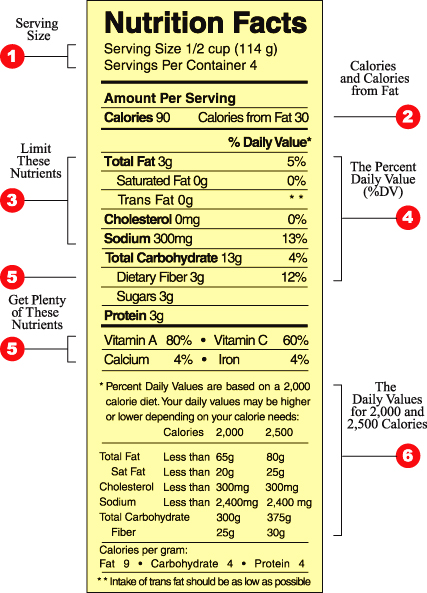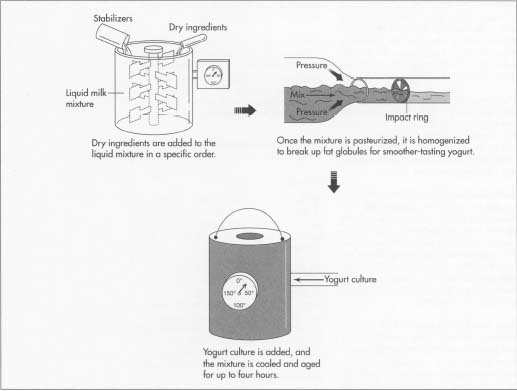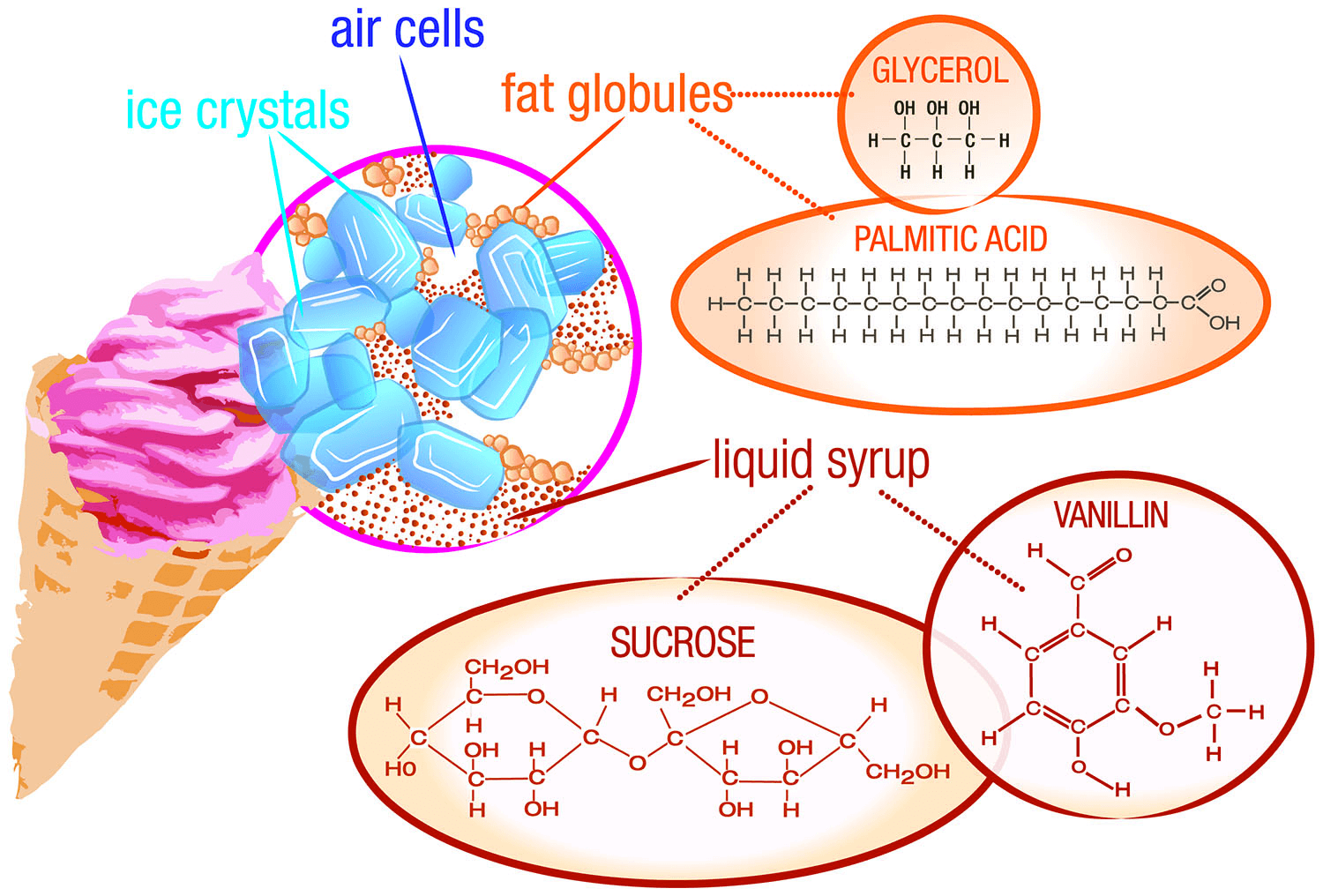We usually think of ice cream as a dessert, a diary product perfect to finish any meal. In it’s most traditional form, ice cream exists as a high fat, full cream, full sugar frozen scoop of joy. Over the years, the ice cream industry has introduced new variations such as soy ice cream, frozen yoghurt ice cream and low fat ice cream.
We examine the differences between these varieties and take a look at what really makes that scoop of ice cream so, so irresistible.
Ingredients: Ice cream (derived from earlier iced cream or cream ice is a frozen dessert usually made from dairy products, such as milk and cream and often combined with fruits or other ingredients and flavours. Most varieties contain sugar, although some are made with other sweeteners.
In some cases, artificial flavourings and colourings are used in addition to, or instead of, the natural ingredients. The mixture of chosen ingredients is stirred slowly while cooling, in order to incorporate air and to prevent large ice crystals from forming. The result is a smoothly textured semi-solid foam that is malleable and can be scooped.
Frozen Yoghurt ice cream:
Regular full-fat ice cream is a mix of dairy products. It must contain at least 10 percent milk fat (but many versions have much more).
Frozen yogurt and light ice cream are made with the very same ingredients, but this time manufacturers use low-fat or fat-free dairy products in the mix. Typically, but not always, the swap from full fat dairy to low-fat dairy drives the calories and fat down.
Frozen yogurt differs from ice cream because it has yogurt cultures added. These cultures can help increase the “good” bacteria in your stomach and improve digestive health. But here’s the problem: Not all yogurt cultures survive freezing, and dead ones don’t do you any good. All things considered, frozen yogurts and light ice cream end up being pretty darn similar, nutritionally-speaking, and both are better choices than the full cream option!
But wait a minute… is it really cream?
The whipped ice cream squirted out of a nozzle to make the cones which you buy from an ice cream van, used to contain pig fat or lard. Today, filling ice cream with commercial vegetable oils is a common practice.
Virtually all basic supermarket lines from own-brand soft scoop to Carted Or rely heavily on it.
A lot of people don’t realise that. It’s quite scary, admits a spokeswoman for Richmond Foods, who manufacture ice cream for Tesco, Waitrose, Asda, Morrisons, Sainsbury’s and M&S.
She explains that the most common vegetable fats in ices produced by Richmond Foods come from coconuts, and the fruit of the oil palm tree. (Magnums, like other Unilever frozen desserts, utilise corn and rape seed oil.)
The oil palm is a tropical plant now farmed so extensively that, according to Friends Of The Earth, its plantations are the most significant cause of rainforest loss in Malaysia and Indonesia.
The oil is not only industrially cheap, it is also unhealthy. Used in margarines, lipstick and detergents, this yellow liquid is high in saturated fat, a known cause of cardiovascular problems.
The amount of dairy produce an ice cream must contain in order legally to qualify for the name is appallingly low. The FSA requires dairy ice cream to have a minimum of 2.5 per cent of milk protein and an additional minimum 5 per cent of dairy fat. That’s all.
All of these vegetable fats and milk-based products are what the industry refers to as bulking agents or fillers and cheap ways of adding volume but not cost to the ice cream.
Aside from calories and cream…
Perhaps most worrying is the flavouring. Manufacturers are coy about revealing how they have achieved a specific taste, passing off goodness knows what in the ingredient list under the meaningless catch-all “flavouring”.
-
Diethyl glycol – a cheap chemical used to replace eggs and commonly found in anti-freeze and paint removers
-
Aldehyde C-17 – cherry flavoring additive is an inflammable liquid used in dyes, plastics and rubber
-
Piperonal – used to imitate vanilla is a lice killer
-
Ethyl acetate – pineapple flavor can also clean leather and textiles.
-
Butyraldehyde – used in nut flavored ice cream and rubber cement.
-
Amyl acetate – a banana flavor and used as an oil paint solvent
Some of the most common ingredients in ice cream include ice crystals, air, fat globules, sugar (sucrose), and flavoring agents (such as vanillin).
Anything marked “raspberry-flavoured” has probably never seen a raspberry in its life.
Even the sugar used isn’t real!
Beware, the dairy industry has been very clever and knows how to hide sugar in its products. Sugar and other unhealthy sweeteners come in many disguises such as…
•
Sucrol
•
Dextrose
•
Glucose
•
Maltose
•
Xylitol
•
Saccharine
•
Aspartame
Hang on… what about Sorbet??
Made with neither dairy nor eggs, sorbet contains just fruit juice/syrup and water. It’s churned like ice cream and thus has a similar texture. Most sorbets are naturally fat-free and usually have less calories. However, sorbet can have considerably higher amounts of sugar than either gelato or ice cream.
To eat or not to eat… that is the question.
The first thing people think of when they think of ice cream is that it is fattening… which is true. But having reviewed the ingredients being used in the manufacture of ice cream these days, it seems clear that there are more considerations than it’s fat content, and that we should probably stop eating ice cream all together!
But is it really a sustainable decision to cut out ice cream from your diet? For many of us, not just dessert and ice cream lovers, it’s probably not. Besides, it’s clear that there are probably lots of unwanted ingredients in factory made ice creams compared, making sorbets a healthier alternative.
So how do we get around this messy business with strange ingredients and such?
Well, read the label. Be very aware of what you are consuming.

Or, make your own sorbets. This way, you know exactly what you are consuming. Check out this
site
with some tempting sorbet recipes to keep your taste buds happy and the fats (and naughty stuff) at bay.





